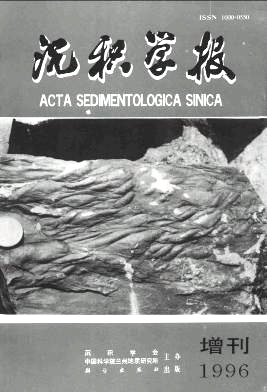Computer Simulation of Carbonate Sequences
- Received Date: 1996-01-26
- Publish Date: 1996-12-31
-
Key words:
- carbonate /
- sequence /
- sea level change
Abstract: The formation of carbonate sequences is mainly controlled by the sea level change and subsidence of basement. Accordingly, we can construct a theoretical model (process model) to simulate the response of sedimentation at different sites on a shallow carbonate platform under the conditions of different sea-level changes and different subsidence rates of basement, so that we can understand the interaction among the factors affecting the formation of carbonate sequences. We can get some important conclusions from simulations. Under the premise of the definite subsidence rate of basement, the formation of carbonate sequences is controlled by sealevel change, and the sensitivity of its response to sea-level change decreases with water depth, so the meter-scale carbonate cycles forming on the different settings can not be compared with each other simply. The reflection of a third-order sea-level change cycle in geologic record is quite different on different depositional settings. Under the deep water, the relative water depth will show continuously falling, and under the shallow water, rising. So, if we want to construct a relative sea-level change curve about the whole basin or the globe depending on outerop or boring sections, we have to select proper sections where the relative sea-level change can be recognized from the geologic record, otherwise the comparison of relative sea-level changes will be impossible. The amplitude of the third-order sea-level change also affects the sequence, and the carbonate strata with high-frequent forth or fifth-order cycles certainly develop under the conditions of middle to low amplitude of the third-order sea-level change. If the third-order sequence is nearly symmetric, it is certain that the subsidence rate is very low, so the nearly symmetric third-order sequence is a token of a craton basin.
| Citation: | Yu Bingsong. Computer Simulation of Carbonate Sequences[J]. Acta Sedimentologica Sinica, 1996, 14(S1): 18-24. |






 DownLoad:
DownLoad: